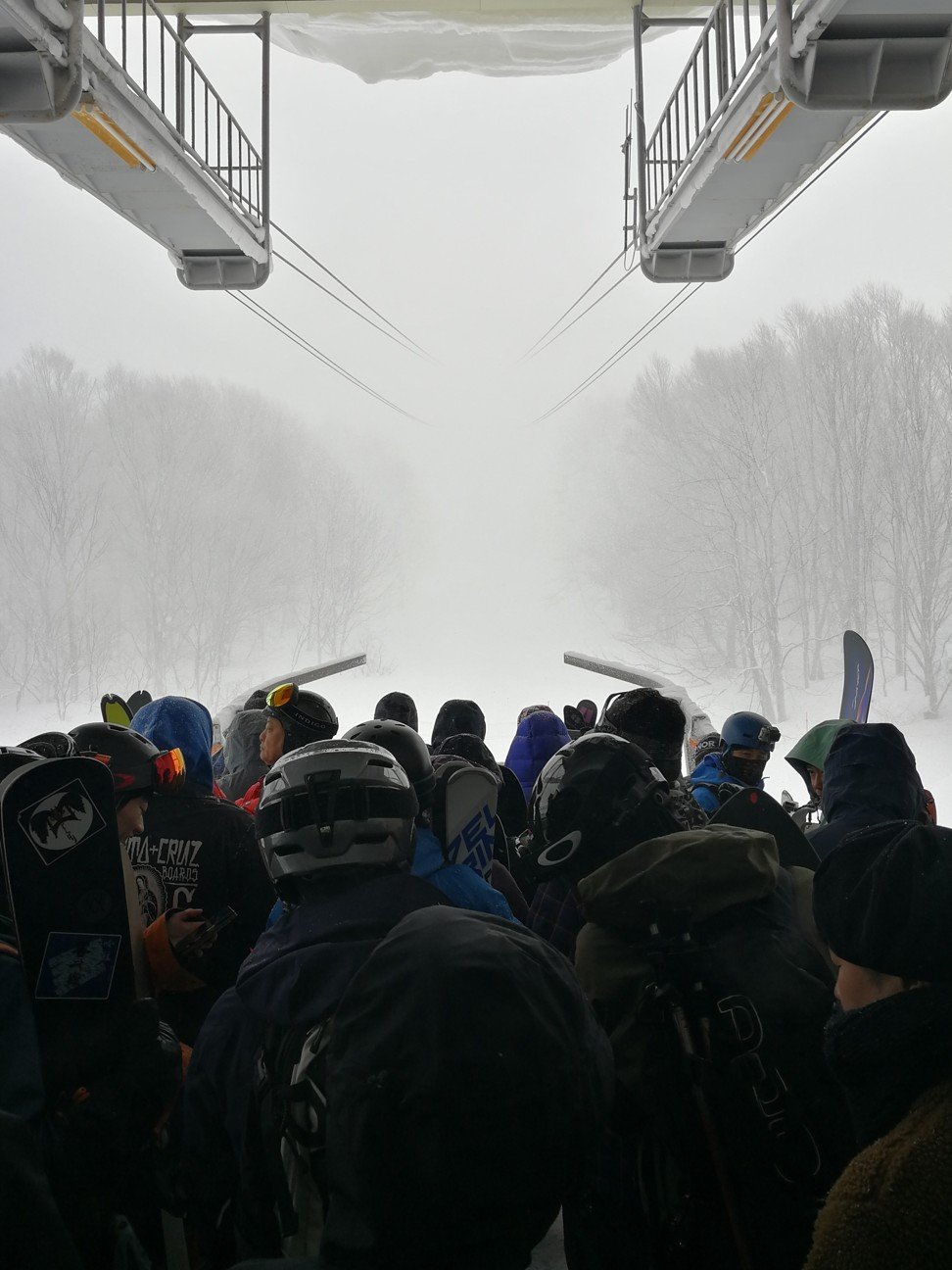
Why most of the 1.2 million skiers in China avoid local ski resorts and head for Japan instead
China has 700 ski resorts and more than a million skiers and snowboarders, but more than half of them prefer to head overseas to Japan and Canada, where the service is better, the weather less harsh and the prices are lower
International travellers have become used to sharing premier tourist attractions with Chinese tourists, and now it is the turn of skiers.
Mandarin is heard more on the slopes and off-piste at skiing destinations the world over, but nowhere more than Japan.
The 2017 China Ski Industry White Book claims that more than half of the 1.2 million Chinese skiers (and snowboarders) travel abroad, with Japan by far the most favoured destination, ahead of Switzerland, Italy and Canada.
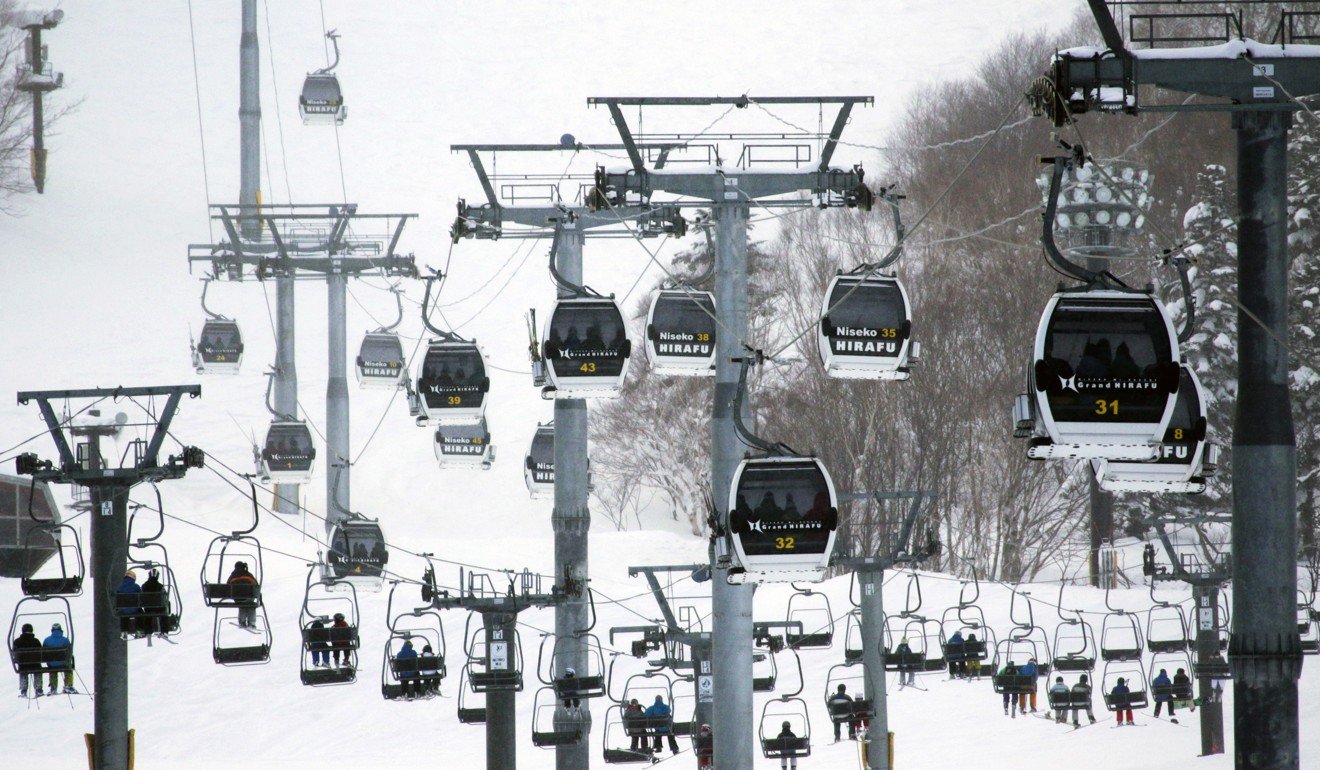
“Not fun,” says Beijinger “Old Chang” about every Chinese resort I mentioned. Now in his late 60s, he was a proficient powder skier who, remarkably, took up the sport while in his 50s.
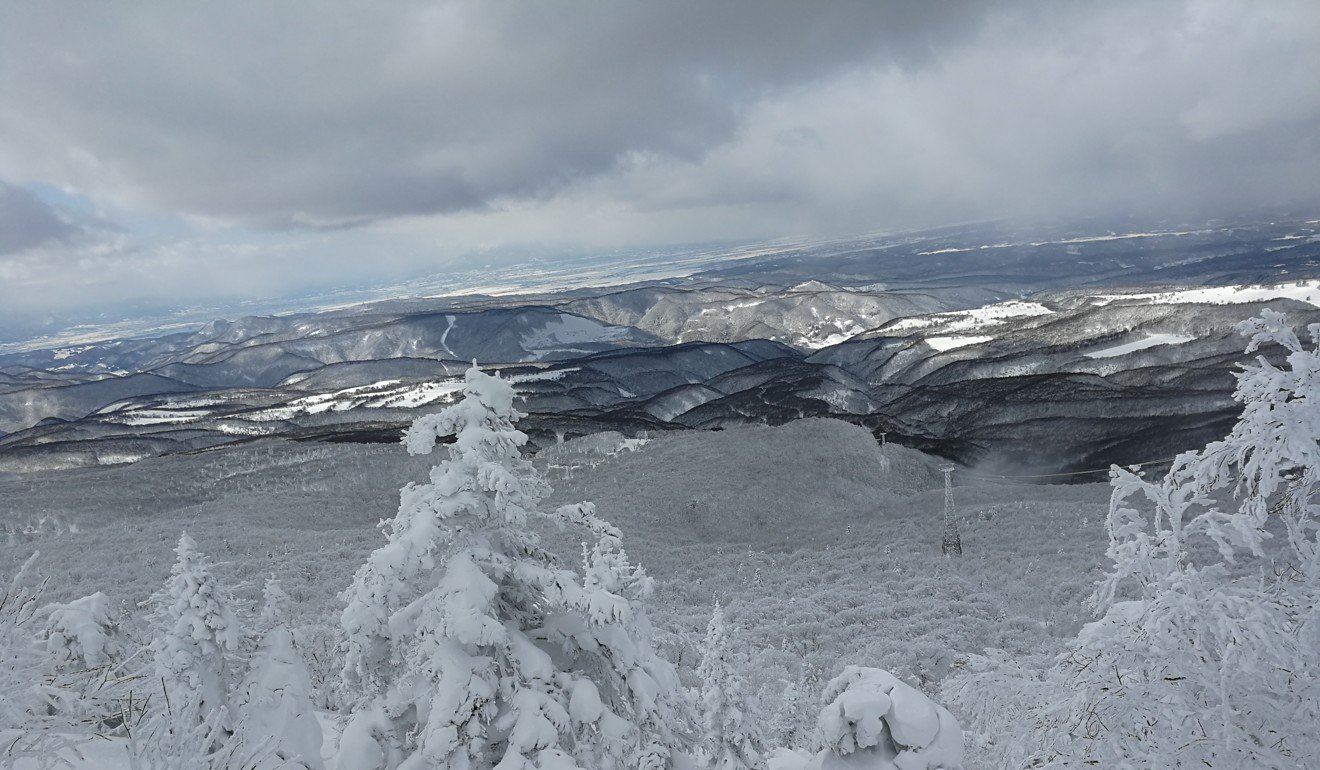
Fittingly, we are talking in a certain powder skiing hub in Japan. A few years ago, only hard core foreign “powder hounds” knew about this place, but this year the occupants of the bus to this small and remote resort were almost all Chinese.
Having found out that language was not a problem, and that I knew the local back-country routes, the whole bus, including Old Chang, enthusiastically latched on to me for a free guided tour.
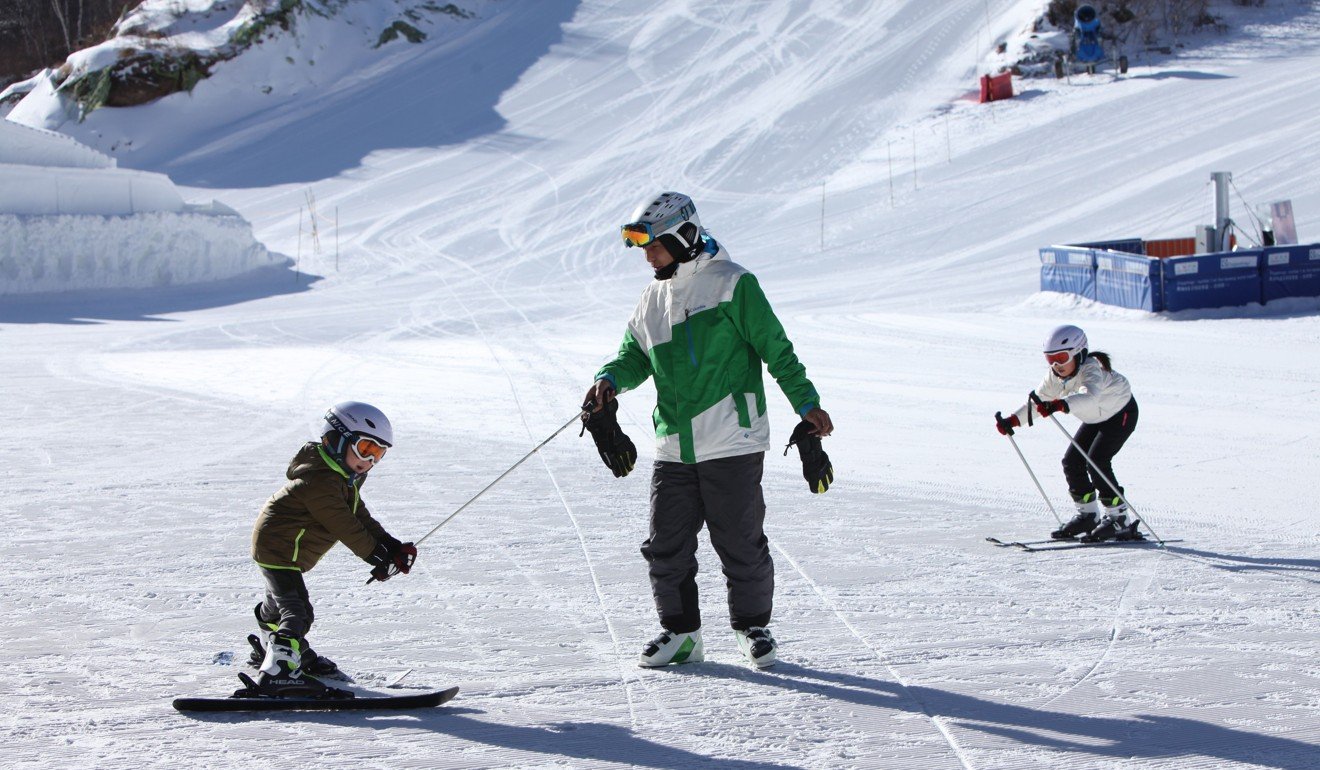
“And I don’t like skiing when it is minus 20 degrees Celsius,” he says, with a laugh.
Arabella Ng part of Hong Kong’s first ever snow sports team as Ski Association plots bold path to 2022 Beijing Winter Olympics
Local politics in China can ruin skiing projects – as was the case with Altai Mountain Snow Park. Located on the border area with Kazakhstan and Russia in the Xinjiang Uygur autonomous region, it was the only domestic skiing destination unanimously praised by Chinese skiers as being world-class.
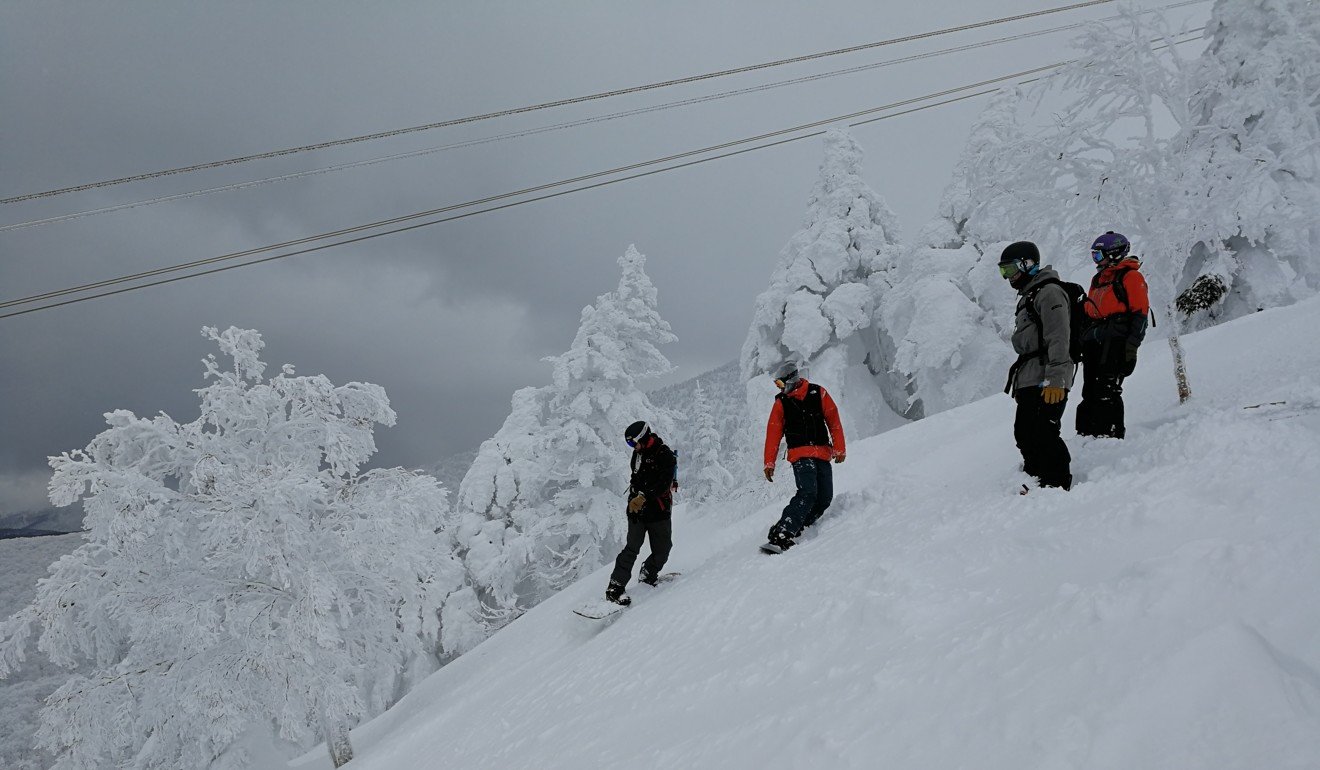
“They had two helicopters, two snow cats and instructors and guides from Canada. I went there once, it was excellent, but the resort closed just few weeks ago for some reason, unexpectedly,” laments a snowboarder in our group.
Not fun! Powder is not too bad, but service is not good, and it’s expensive! Japan is much better. And I don’t like skiing when it is minus 20 degrees Celsius
A skier surnamed Chen, a successful Hangzhou businessman and a stalwart of the Chinese powder skiing scene, had insider knowledge: “The investment was not that big, about 100 million yuan [US$15.8 million], but the two investors just could not deal with local government. Many outdoor development projects get bogged down like this on a local level in Xinjiang. I think the resort will reopen next year, though.”
Chen says only a couple of resorts make money, adding: “Chongli Wanlong Resort is very profitable, it is where all the Beijingers go now.”
What is behind the skiing boom in China? The basic reason is that people can now afford it, but the directives from the top also seem to have had a real effect.
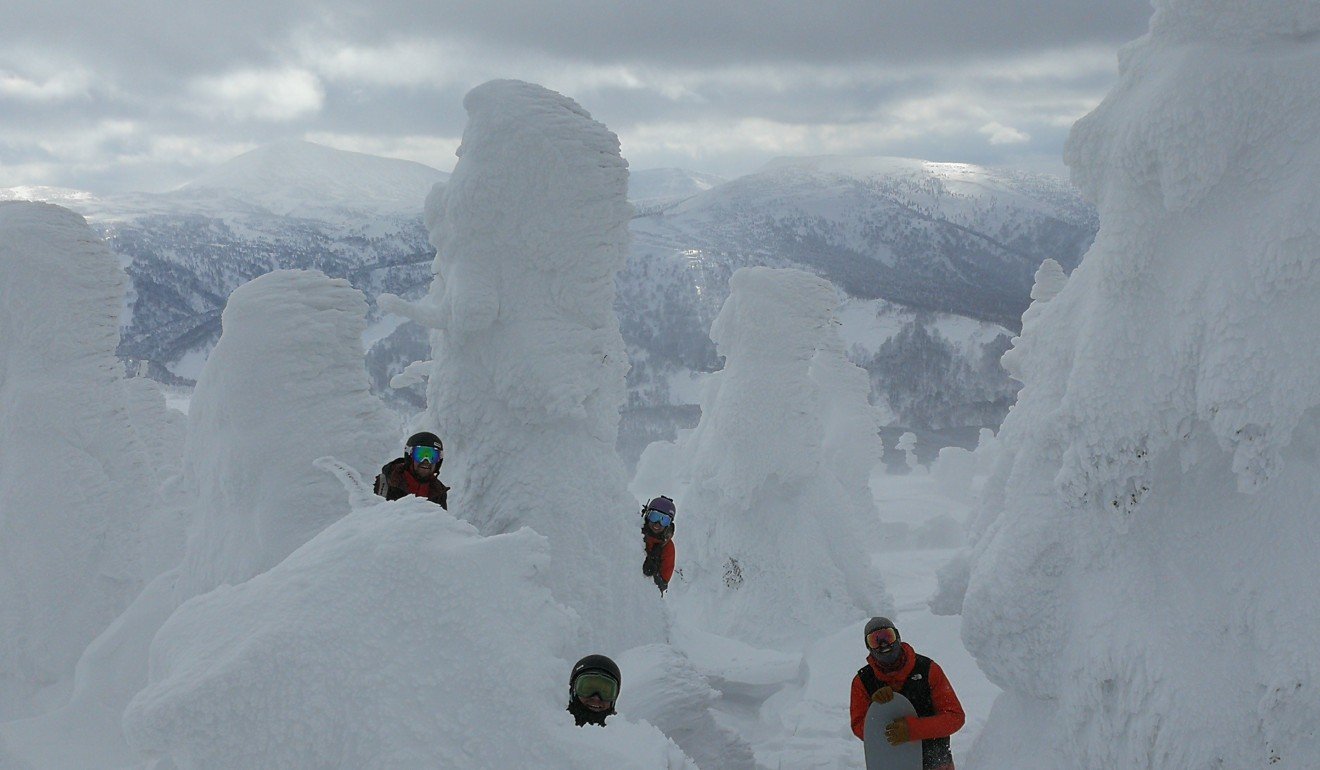
In 2014, as Beijing prepared its bid to host the 2022 Winter Olympics, President Xi Jinping proposed using the games to encourage people to take part in winter activities.
Chen says: “Xi Jinping said that the health of the people is a priority now, he specifically mentioned winter sports for the masses, and as a result there has been a lot of state support for the sport in skiing areas – for example the schools around Wanlong resort get free skiing equipment. There are also races for kids, districts and schools competing against another.”
Lao Chang and Chen, both well over 50, proudly call themselves “the first batch” of Chinese amateur skiers, but there are now plenty of younger Chinese athletes pushing the sport to new heights in China.
Ski touring in Japan: explore the wilderness around Hakuba Valley, an ideal training ground for beginners
Wang Dalin, in his 30s, who also joined our group in Japan, was of that younger generation. He grew up next to Wanlong resort, gave snowboarding a try, got hooked, quickly reached competition level and then started the Snow Family chain of snowboarding shops.
According to Wang, the growth of skiing in China in the past two years has soared, which he attributes partly to the upcoming 2022 Winter Olympics.
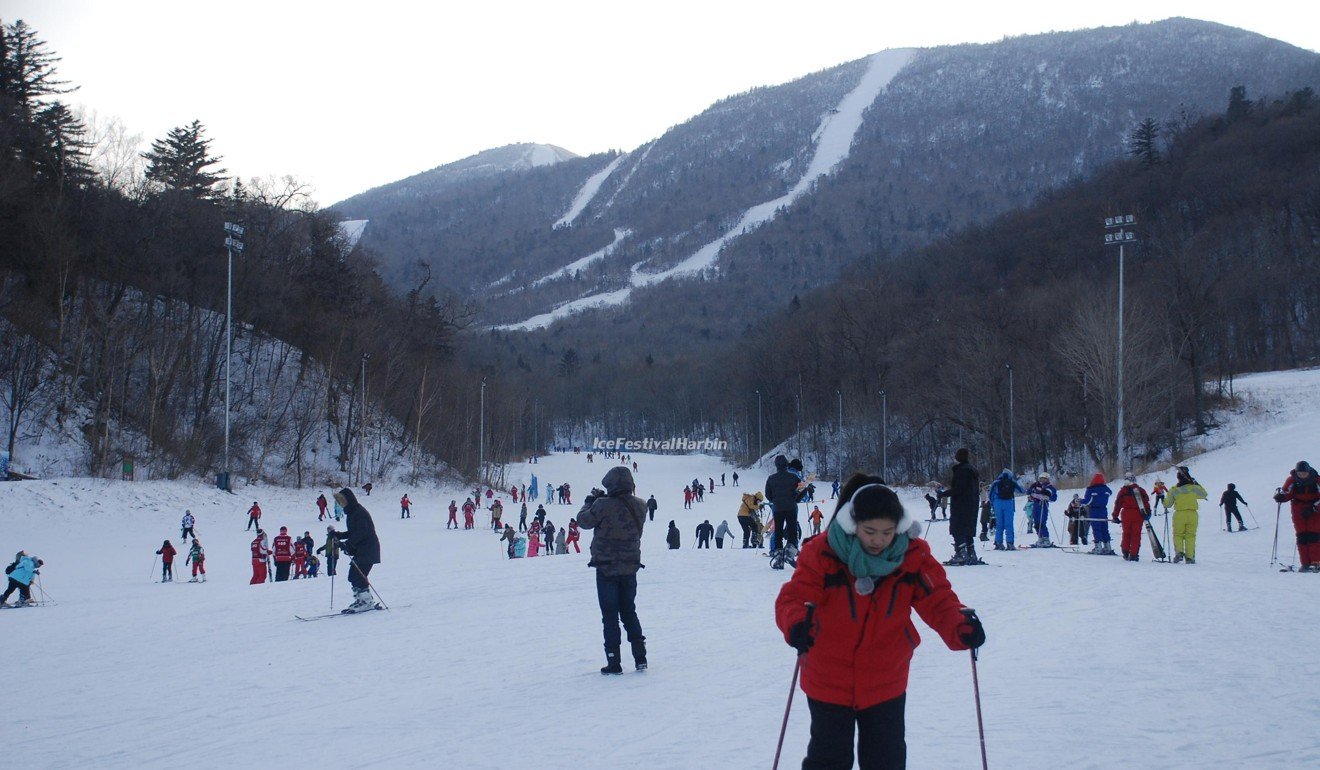
“Skiing has now become a mass sport. I have 15 per cent annual growth in sales, and this is despite domestic retail prices being up to 40 per cent higher than abroad,” Wang says.
“Fifty per cent [of his clientele] are middle class, weekend skiers, many are self-employed, usually under 30. About 15 per cent are hard core – they ski or snowboard four times a week, and they are all self-employed. Ten per cent are fuerdai – rich kids, they treat it as a fashion fad. The rest come from all kinds of backgrounds.”
Skiing in Kashmir: Gulmarg resort is off-the-radar paradise of untouched slopes and breathtaking terrain
The competition scene is also growing and, while prize money has dropped, it is still healthy. “There are many local competitions now, some organised by resorts, some by brands, some by local governments,” Wang says.
“Up to 100 people take part, some are almost pro-level athletes. There is good prize money, the best races used to pay the winner about 10,000 yuan, now it is less, about 5,000.”
The boom has naturally led to a demand for coaches. Wang gives a figure of 50 million domestic ski visits per year, mostly from complete beginners, and calculates that he can make 150,000 yuan per season giving private lessons in China, but Chinese and Chinese-speaking instructors are also now highly sought after abroad, especially in Japan.
Japan is where New Zealand-trained and qualified Aaron Yao, a former assistant coach of the Xinjiang ski team, now plies his trade.
He says he is “the only certified Chinese skiing and snowboarding coach” in Niseko, a resort which is now “overflowing with Chinese”. A great deal of property was bought out by Chinese investors here, much of it turned into informal Chinese guest houses hosting skiing tours.
How a failing Japanese ski resort became Aspen of Asia as luxury hotels and wealthy Asians replaced backpackers and hostels
“Chinese do not like group lessons, it’s usually one-on-two or one-on-one. In Niseko, a full-day package, six hours of skiing, costs US$560. A half-day package (three hours) is US$318. Both include hotel pickup and gear rental,” Yao says.
Many of his clients are from Hong Kong and Taiwan.
Yao, who has trained in Norway and New Zealand and speaks fluent English, has the highly prized quality of guojihua, or “internationalisation” as it is known in China.
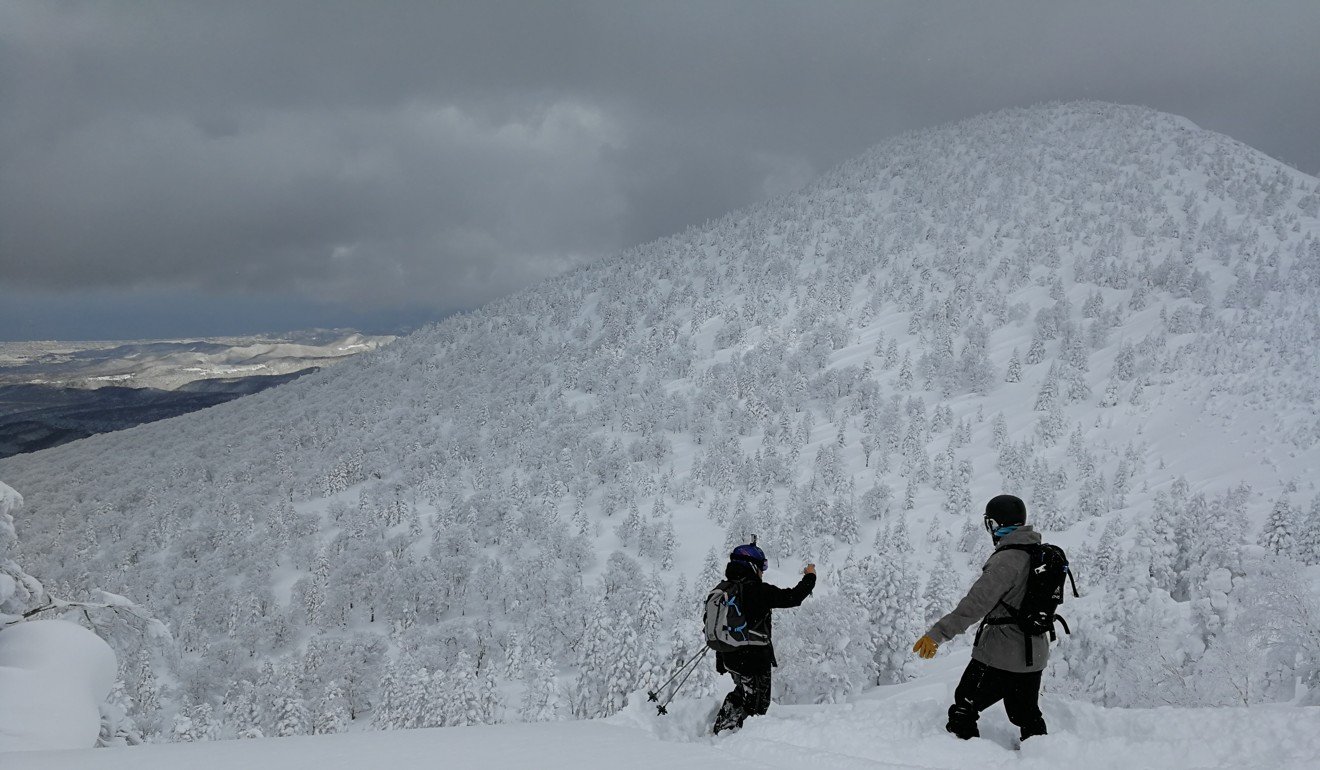
“Now these young kids, they all speak good English and they can travel anywhere alone. Us, older guys, we are different. We can ski OK, but we need Chinese guides and translators, and we cannot eat Western food, either,” Chen says. “This is another reason why we prefer Japan. We can eat the food here.”
Chen’s next trip was a heli-ski expedition, searching for the best powder in Canada’s western province of British Columbia, with a group of 10 Chinese, a Chinese guide, and of course, Chinese food.

“There is a WeChat powder skiing group, everyone who is somebody in the powder skiing circles in China is there. I will recommend you to that group,” Chen says.
Being admitted into the inner circle of Chinese powder skiing led to an unexpected twist. “Hello, guide Li.” Almost immediately arrived a message, addressing me by my Chinese name. “I heard about back country skiing you did with Chen in Japan. Can I book your services for the next three days? It is urgent.”


